Serving The Wasatch Front Area
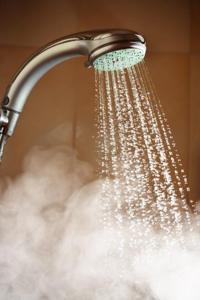
Signs Your Home Needs a Humidifier or a Dehumidifier
October 11, 2018
As
the seasons change from one to another, you may notice moisture
fluctuations taking place in your home. Humidity levels often shift
as summer turns into fall, and fall into winter. Summers in Salt Lake
City are relatively dry, and almost twice as much rain falls in the
autumn than in the summer. These changes in moisture levels can cause
fluctuations in the relative humidity of your home.
Humidity
levels in a home can have a big effect on human comfort. Homes that
are too humid can grow mold, while dry homes experience problems with
wood framing and furniture. These problems can be fixed by installing
either a humidifier or a dehumidifier, depending on the issue.
When
you know the signs that your home is too dry or too moist, you can
decide what your home needs to remain a healthy place to live.
Signs
Your Home Is Too Humid
Humidity
in homes can be caused by leaks, poor ventilation, and poor drainage.
High humidity is a common problem in newer homes, which tend not to
breathe the way that old homes do. There are many signs that a home
is too humid.
Condensation
on the Windows
Condensation
is one of the most common signs that a home has too much humidity.
Condensation can form on interior windows when the temperature of the
window is cold and the air inside the home is warm and humid. The
more condensation on the inside of the window, the more humidity
there is in the room.
Mold
or Musty Smell
Mold
can form on the walls of the home for lots of reasons, including
leaks and ice dams. However, a patch of mold or a musty smell is a
common symptom of humid air. If you’ve noticed that your home is
prone to developing mold on the walls, and this has happened in
multiple parts of the house, humidity is a likely cause.
Cupping
Floors
Hardwood
floors are hygroscopic, which means that they absorb water from the
air. When this happens, floorboards expand. If the air is very humid,
the boards may absorb too much moisture and expand until the edges of
the boards push against one another. Boards take on a convex shape
when this happens.
The
phenomenon is known as cupping because the boards become cup shaped,
with high walls and low centers.
Signs
Your Home Is Too Dry
Excessively
dry air is a common problem in older homes. Air flows freely through
old homes; this is why they are often referred to as drafty and cold.
Often, human activities like cooking and showering put water back in
the air as needed, but lifestyle and habits play a big role in this.
If
you run your heat a lot and cook little throughout the winter, you
may develop a problem with dry air. Below are the symptoms of a dry
home.
Dry
Skin, Dry Throat
Your
body absorbs moisture from the air, just like floorboards. When you
breathe in a dry home, your throat becomes parched. When you live in
a dry home, your skin becomes dry and irritated.
Cracking
Wood
Wood
that contains the proper amount of moisture is relatively supple.
Wood that is too dry becomes brittle and can crack. You may notice
this problem in your furniture, floors, and any wooden fixtures
inside your home.
Excessive
Dust and Static Electricity
Dry
air causes static electricity to build up in your home, which in turn
can cause dust to cling to surfaces like furniture. If your home is
too dry, you’ll notice static cling and static shocks on a regular
basis.
Get
a Humidity Monitor
The
relative humidity of your home should be between 30 and 50 percent.
If the humidity of your home falls outside this range, then it is
either too dry or too moist. You can find out whether or not your
home has a problem with humidity by getting a humidity monitor and
paying close attention to the readings it gives.
Install
your humidity monitor in a part of the house that is not often
excessively humid. In other words, install your monitor away from the
kitchen or bathroom. The best place to install your humidity monitor
is in an open but centralized area where you frequently spend time or
right next to your thermostat.
Contact
Your HVAC Contractor
There
are things you can do to keep your home within the range of preferred
humidity. Whole-house humidifiers and de-humidifiers enable
homeowners to control the humidity in their home safely and
conveniently throughout the year. Have your system installed by a
capable HVAC contractor who knows how to install and work these
important household fixtures.
If
you have more questions about how to control the humidity in your
home, contact
Comfort Solutions
.
We’ll be happy to answer your questions and keep you informed about
HVAC issues.
Recent News
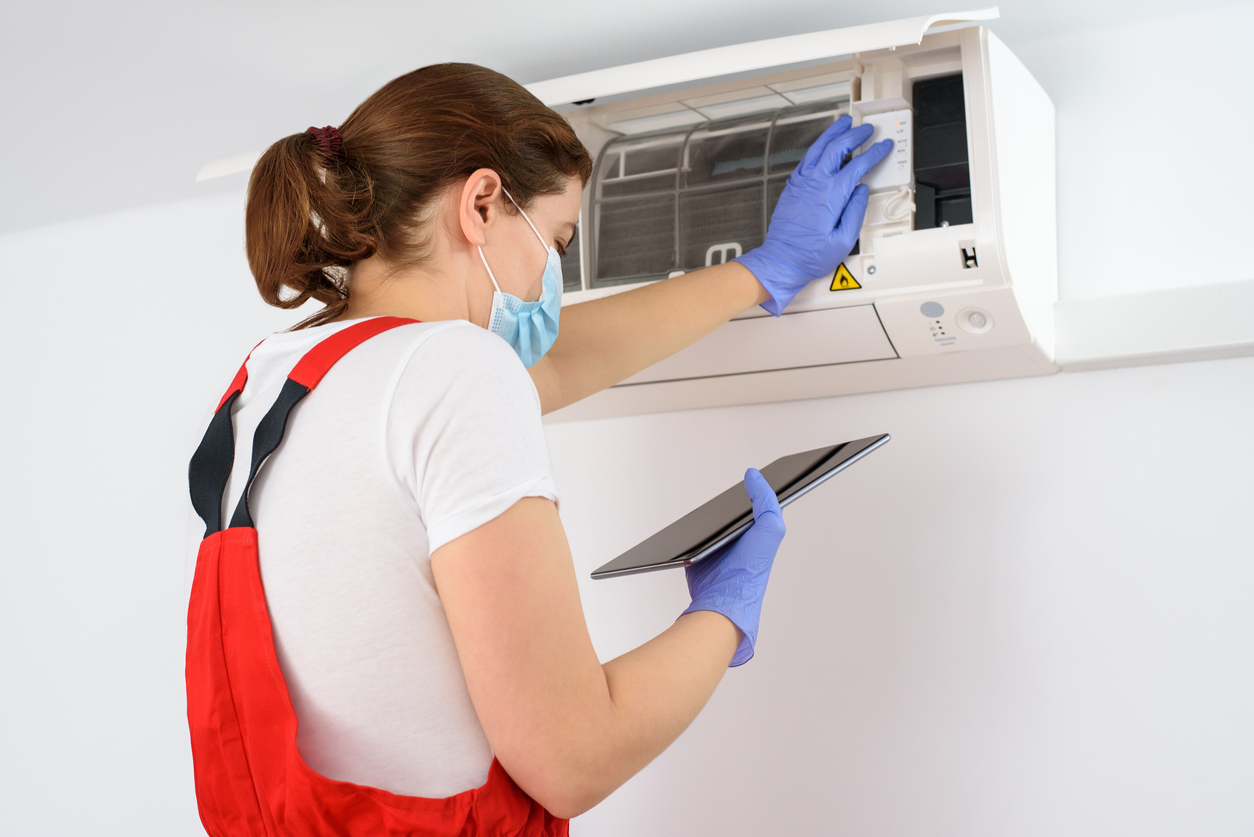
When to Upgrade Your AC Systems: Benefits & More
February 25, 2025
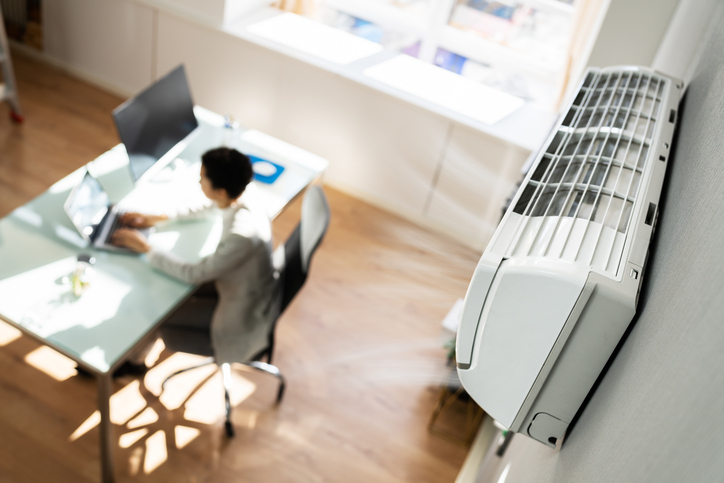
Why Remote Workers Should Upgrade Their HVAC
February 10, 2025
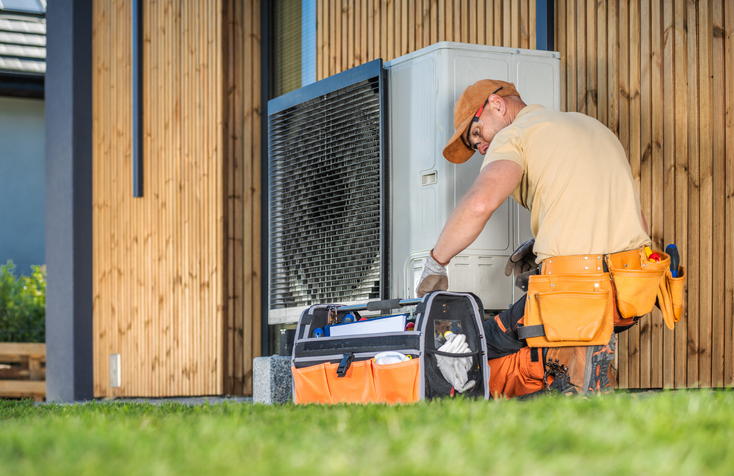
Common Home Heating, Furnace Repair & Replacement Myths
February 7, 2025
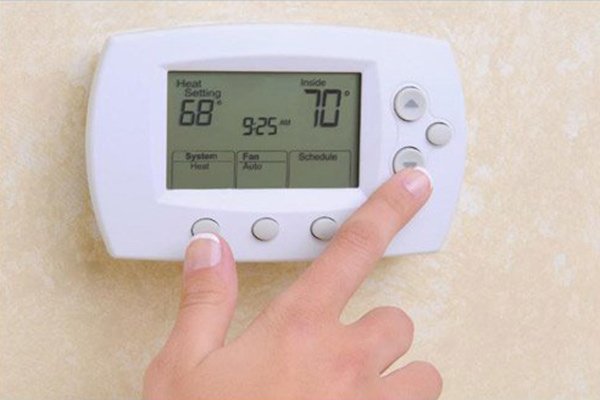
Keep Your Fireplace and HVAC Systems Running Strong All Winter
December 6, 2024
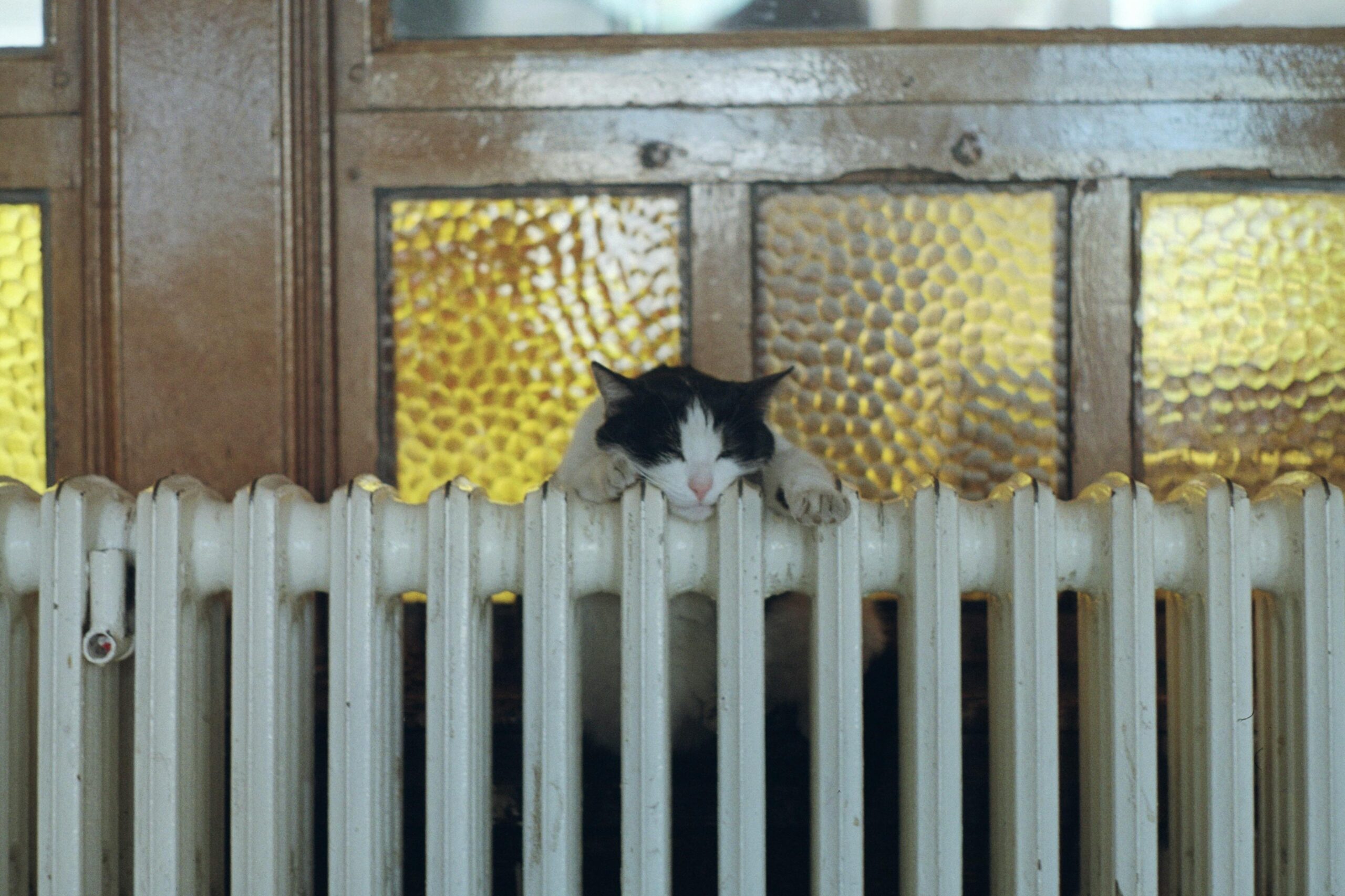
Your Comprehensive Heating Guide: Installation, Repair, Efficiency & More
September 18, 2024
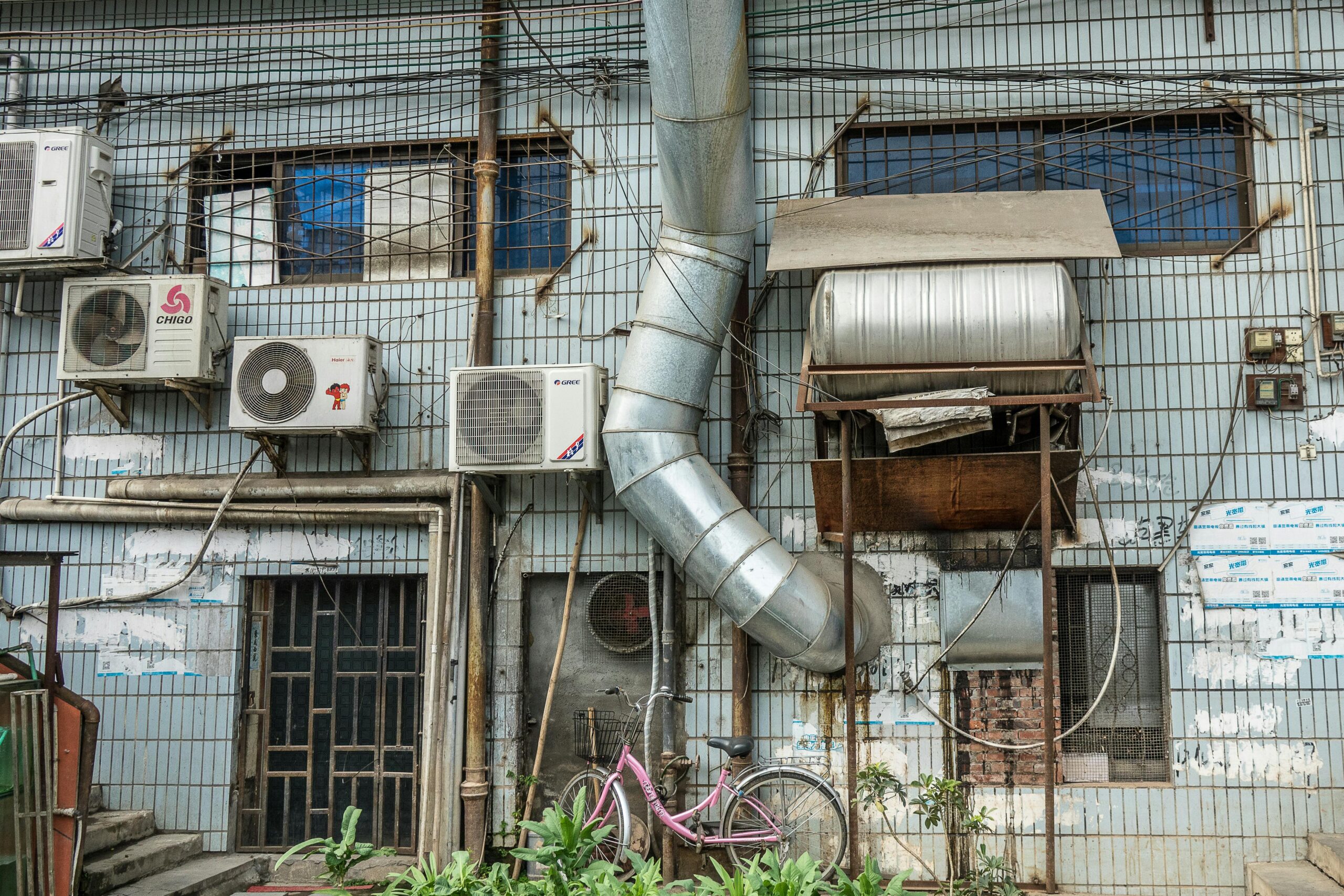
HVAC System Replacements: How to Act Fast and Get it Done Right
September 17, 2024

